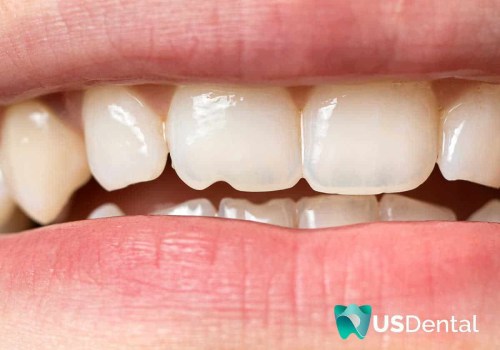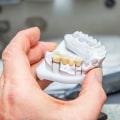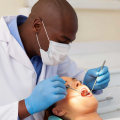If you're feeling pain in your teeth or gums, there are a few steps you can take to help alleviate the discomfort. To start, it's best to avoid consuming very hot, cold, or sweet foods and drinks that can increase the pain. Additionally, rinsing your mouth with warm salt water every two hours can help reduce pain and swelling. To make the salt water solution, mix one teaspoon (5 ml) of salt with one cup (250 ml) of water.
You can also try rinsing with hydrogen peroxide to relieve tooth pain and swelling, as well as cure bleeding gums. If you have a history of gum disease, this might be a good step to try. The treatment for toothache or swelling will depend on the cause. It may include a filling, a root canal, or a crown. If you have gum disease, your dentist will recommend brushing your teeth regularly and removing any plaque.
Poor dental hygiene is the main cause of gum disease, which causes plaque to build up over time and can lead to redness, bleeding, and swelling of the gums. Even if you don't feel any discomfort but think you may have gingivitis or periodontitis, it's important to schedule an appointment with the dentist right away and take special care of your teeth to avoid these diseases. Toothache pain is caused by exposure of the nerve endings in the teeth; it can be dull or sharp pain. If you're experiencing chest pain, it's important to get it checked out to determine if it's cardiac in nature. In the meantime, applying a simple saltwater rinse can help ease the pain. Coconut oil is also a great remedy for toothache pain; lather it on toast for a delicious snack, add it to your morning coffee or smoothie, or scoop it straight from the spoon (just one tablespoon at a time).
Wisdom teeth may cause tenderness and redness in the back of your mouth around the molars when they're ready to come out. The first sign of tooth decay may be feeling pain when eating something sweet, too cold, or too hot. Acids produced by bacteria in plaque can corrode the hard white coating on the outside of the teeth (enamel) and create cavities. You may also experience dental pain associated with the temporomandibular joint (TMJ), which connects the lower jaw to the skull. If you're experiencing any type of dental pain or discomfort, it's important to get it checked out by a dentist as soon as possible. An accurate pain assessment is one of the most important skills available to health workers in this situation.
CHECK YOUR SYMPTOMS using the symptom checker for teeth and dental problems and find out if you need medical help.








Leave Message